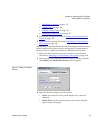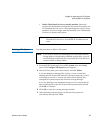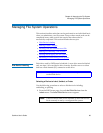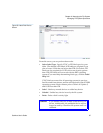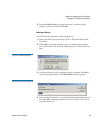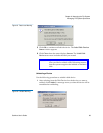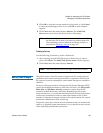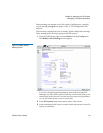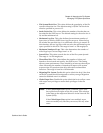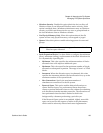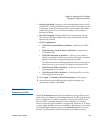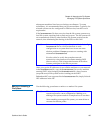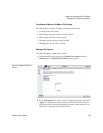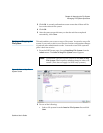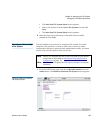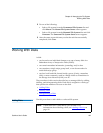
Chapter 6 Managing the File System
Managing File System Operations
StorNext User’s Guide 102
• File System Block Size: This value defines the granularity of the file
system's allocation size. The default setting is 16,384. The block size
must be specified in powers of 2.
• Inode Cache Size: This value defines the number of inodes that can
be cached in the SNFS server. The default setting for the cache size is
16, and the minimum is 8.
• Maximum Log Size: This value defines the maximum number of
bytes (size) to which a SNFS Server log file can grow. When the log
file reaches the specified size, it is rolled and a new log is started. In
this situation, the two log files could use twice the maximum log size
space specified in this field. The range is from 1 to 256 megabytes.
• Maximum Number of Logs: This value determines the number of
rolled logs kept. Choices range from 1 to 10.
• Journal Size: This value controls the size of the file system journal.
The range is 1 to 256 megabytes.
• Thread Pool Size: This value defines the number of client pool
threads to be activated and used by the SNFS server. This setting
affects system performance. There should be at least two threads per
client. Increasing the number of threads will improve file system
response time in operations that affect allocation and metadata
functions. The range is from 16 to 1024 threads.
• Migrating File System: Enable this option (check the box) if the data
on the file system should be migrated to tertiary storage. Migration
cannot be disabled once it is enabled.
• Global Super User: Enable this option (check the box) to allow a user
with super-user privileges to assert these privileges on the file
system.
Note: If the Global Super User option is enabled, super users
have global access rights on the file system. This selection
is the same as the maproot=0 directive in the Network File
System (NFS).
If the Global Super User option is not enabled, super
users can modify only files they can access, like any other
users.



